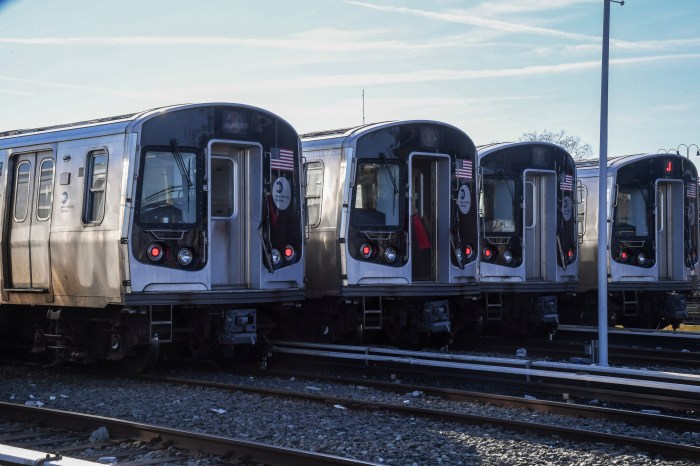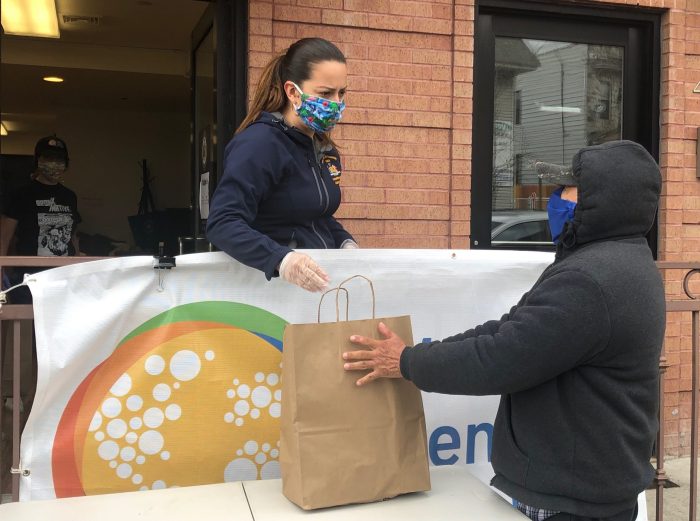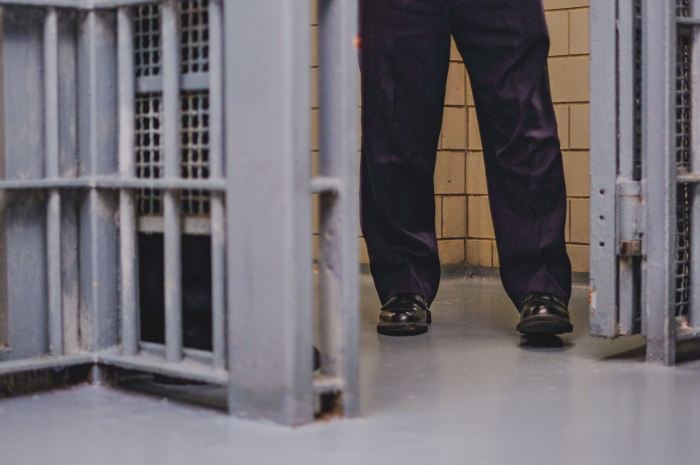State Comptroller Thomas DiNapoli now has figures as to what exactly has been lost in the service industry both to the state as well as workers since the pandemic hit hard with a lockdown in March.
Not only did the state lose out on 71% of a potential $27 billion in taxable sales, but job losses in restaurants and bars came to about 55% of those working in the industry, according to a new report. As it stands, there were only about 91,000 jobs in food and beverage by the time the New York PAUSE orders came into full effect, which accounted for about one in every 12 private sector jobs, the comptroller said.
The majority of restaurant industry workers reside in Jackson Heights and Corona, Queens, according to the DiNapoli. These were communities that saw a high infection and mortality rate from COVID-19 during spring and summer months.
“New York City’s bars and restaurants are the lifeblood of our neighborhoods. The industry is challenging under the best of circumstances and many eateries operate on tight margins. Now they face an unprecedented upheaval that may cause many establishments to close forever,” DiNapoli said. “Restaurants reflect our diversity, employing tens of thousands of immigrants and providing a range of options fitting for a world-class metropolis. It’s important that the state and city continue to be creative and bolster the industry. The city’s decision to extend outdoor dining year-round to help keep restaurants afloat is a step in the right direction along with opening for indoor dining.”
The report highlights the need for a plan to reopen these businesses fully in order to get cash in the hands of workers in the service industry, 40% of whom are Hispanic and another 20% Asian and comes just one day after establishments were granted permission from the state to begin seating indoors at only 25% capacity, with staff required to check temperatures and take contact information from patrons for possible contact tracing purposes.
“Our local restaurants are the backbone of this community and without a viable re-opening plan, we risk losing so many jobs as well as the vibrant character of our neighborhood,” Assemblywoman Catalina Cruz, who represents these neighborhoods, said. “When COVID-19 emerged, our community was the first to be impacted and it continues to struggle to rebound from the financial impact of the shutdown. The state must do everything in its power to ensure our small businesses survive beyond the pandemic.”
As establishments prepared for 25% indoor dining on Tuesday, as well as the winter months when outdoor seating will be less in demand, many business owners are contending with the fact that the city’s infection rate has gone up a few points this week, and stands at about 1.5%.





































